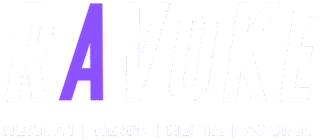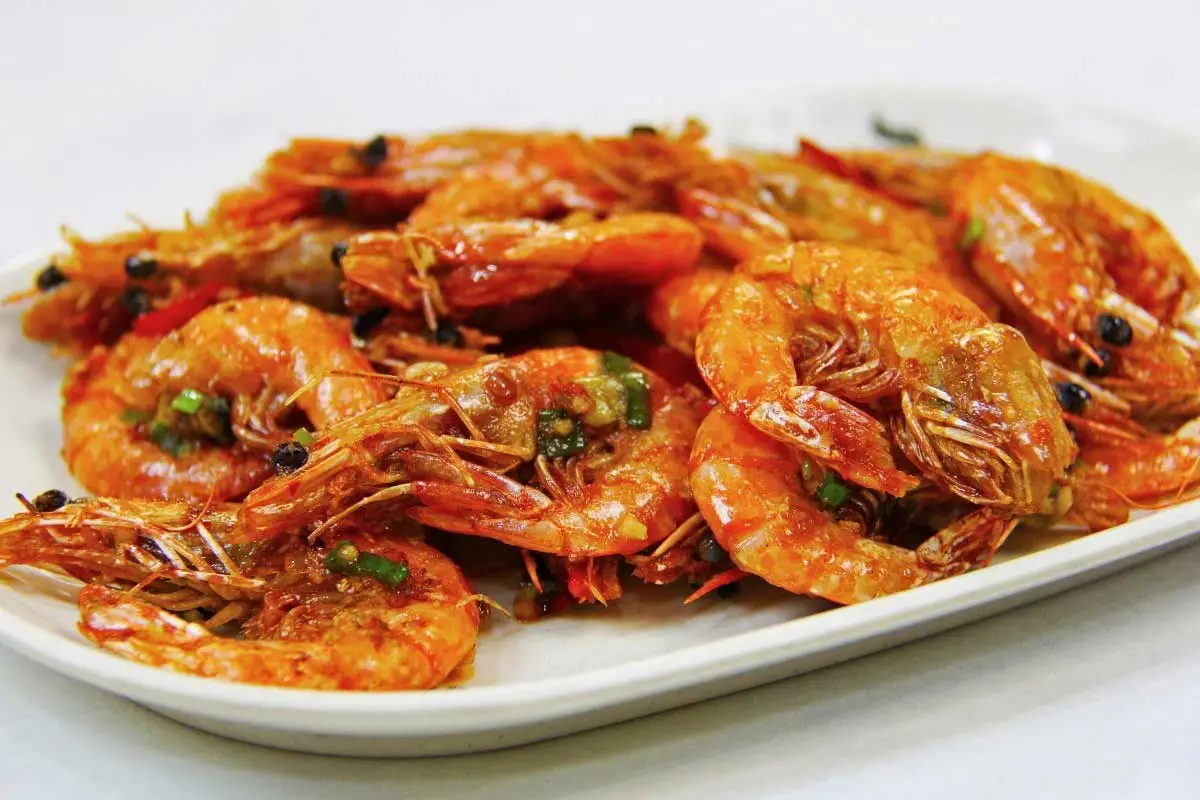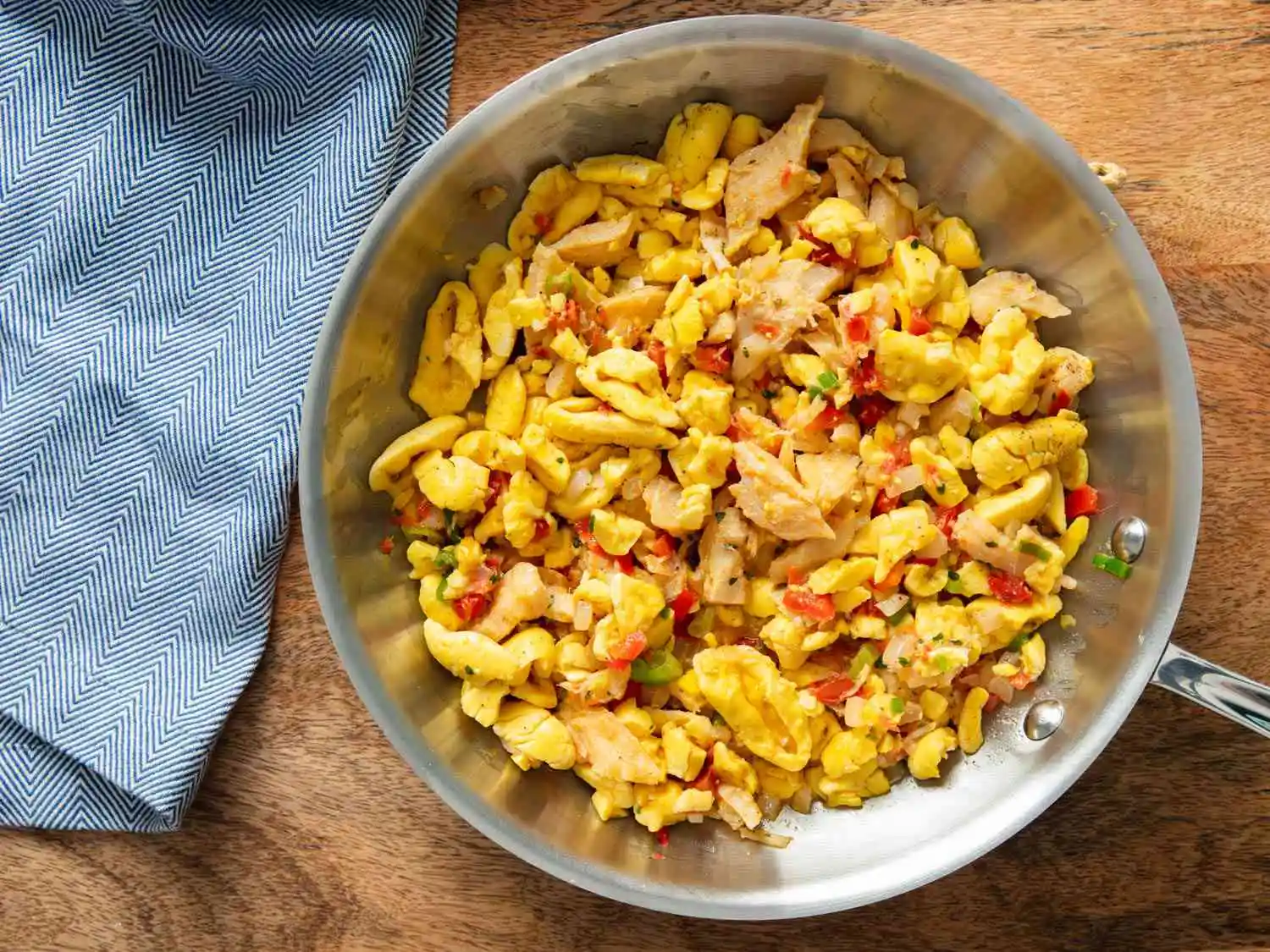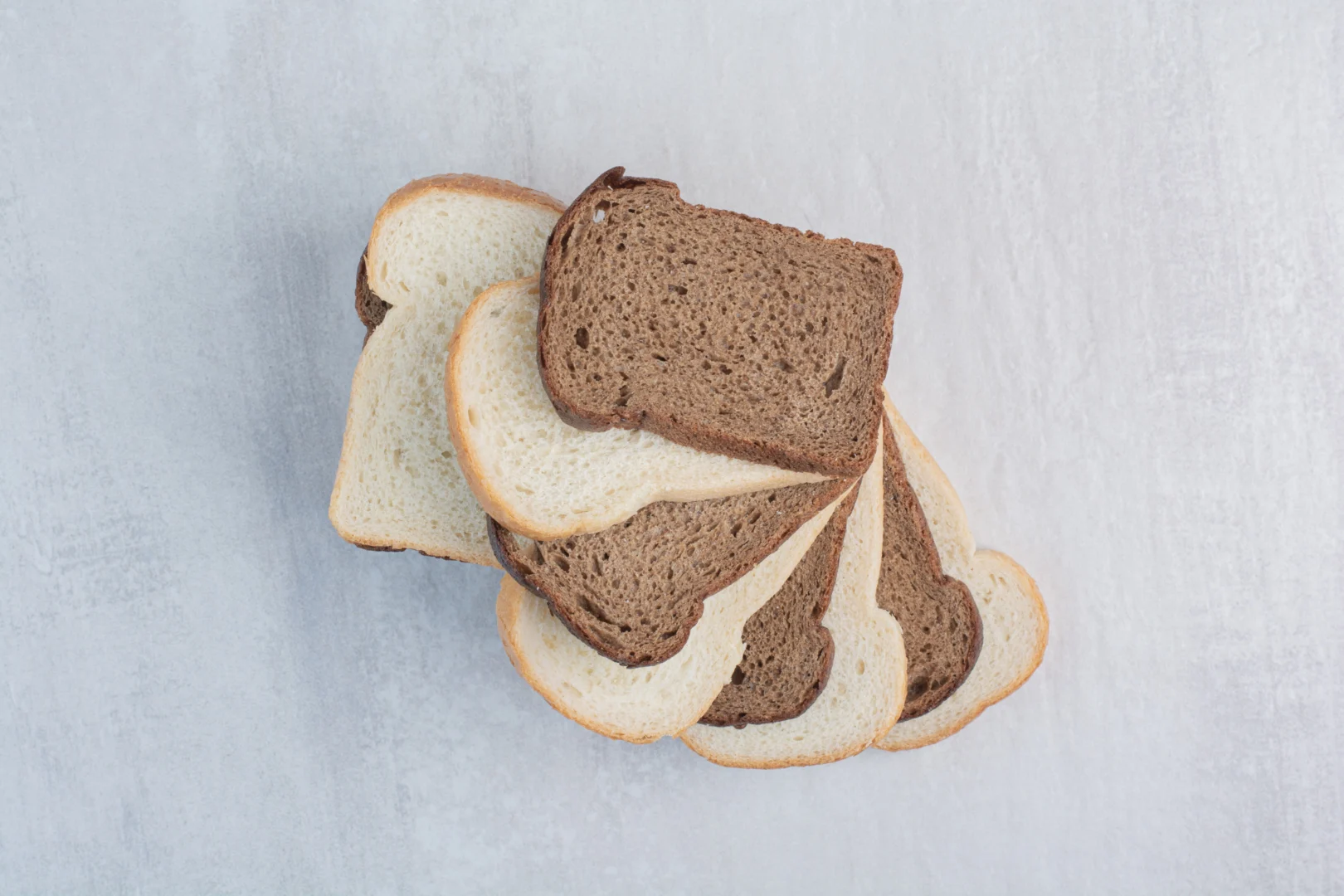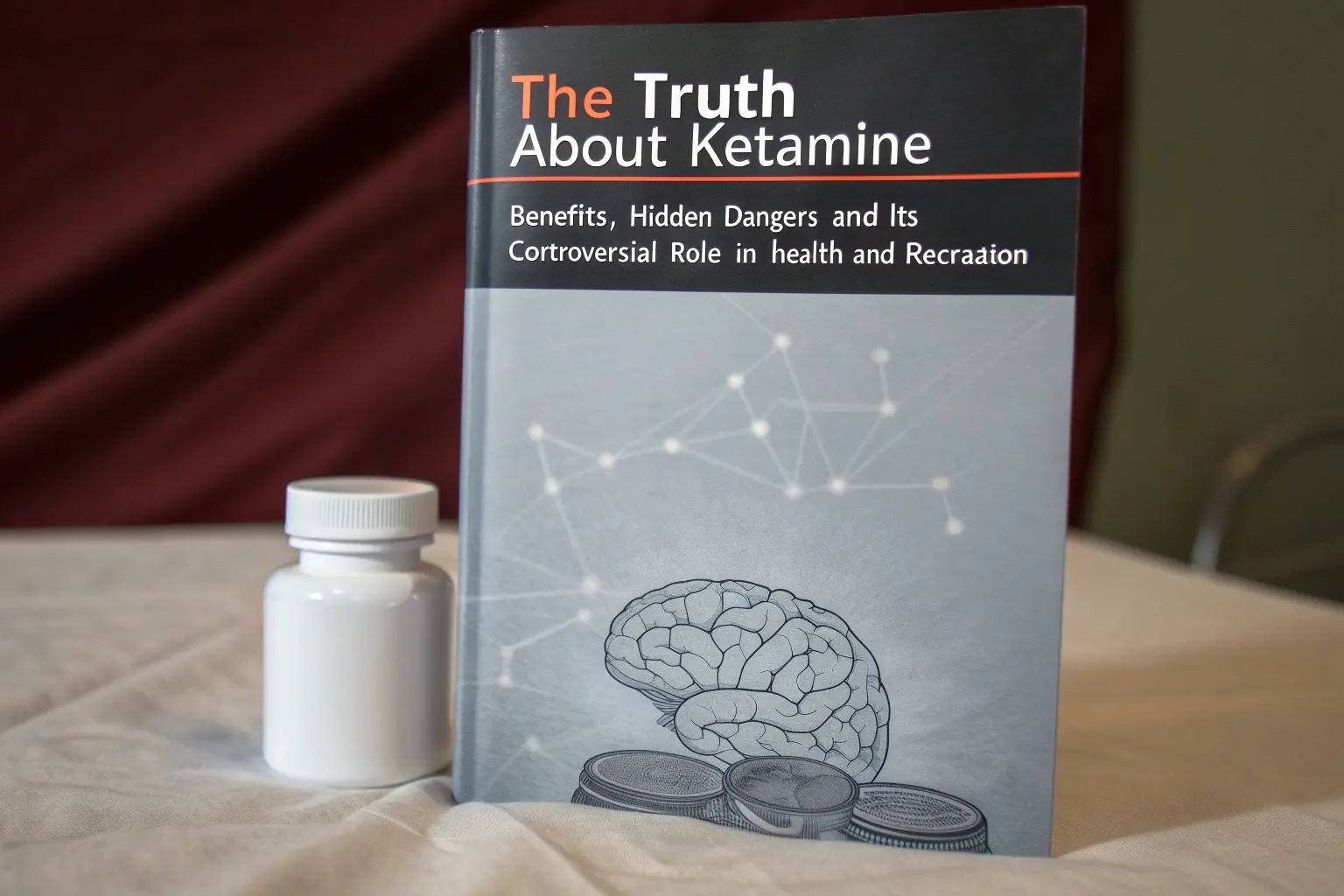Breathing in the Silence: Living with Chronic Lower Respiratory Diseases
By Dawn of the Underground You don’t notice your lungs until something goes wrong. That’s the dark simplicity of chronic lower respiratory diseases — they don’t scream; they whisper. A
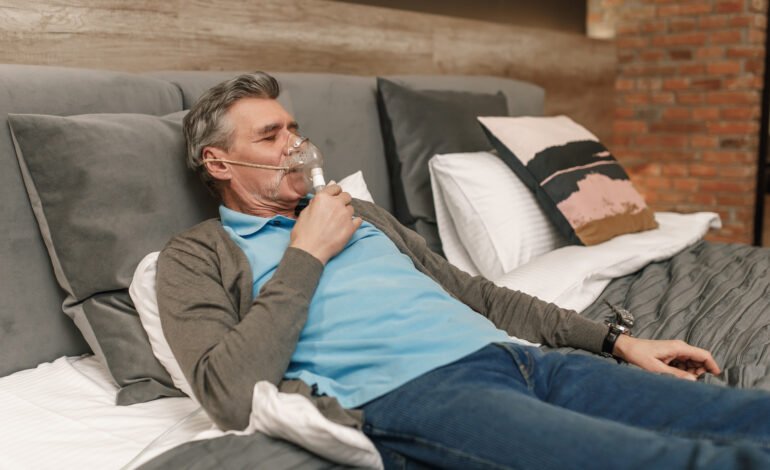
By Dawn of the Underground
You don’t notice your lungs until something goes wrong. That’s the dark simplicity of chronic lower respiratory diseases — they don’t scream; they whisper. A little shortness of breath here, a persistent cough there. Easy to overlook. Easy to brush off. Until it isn’t.
I didn’t write this from a hospital bed or with an oxygen tank nearby. I wrote this because the silence around this issue is dangerous. At Ravoke, we’re known for deep dives — not just into systems and subcultures, but into the slow-burning truths that hide in plain sight. CLRD is one of them. It’s everywhere, and yet barely talked about.
You don’t have to have a condition to recognize its weight. And sometimes, it’s the outsiders who have the clearest view of what’s being ignored.
What Is CLRD?
Chronic Lower Respiratory Diseases (CLRD) is an umbrella term that covers conditions like chronic bronchitis, emphysema, and chronic obstructive pulmonary disease (COPD). These are long-term illnesses that make it difficult to breathe, often progressing silently until lung function is severely impaired.
According to the CDC, CLRD is the sixth leading cause of death in the United States. It kills more people than diabetes. More than Alzheimer’s. But unlike those diseases, you won’t often see national campaigns, influencer hashtags, or ribboned walks in its name.
Maybe it’s because the symptoms creep in. Maybe it’s because the people affected are often older, poorer, or live in environments society is used to ignoring.
But that silence is costing lives.
The Air We Breathe
CLRD isn’t just about cigarettes anymore — though tobacco is still a major culprit. It’s about air. The kind of air that fills our lungs every day, without permission.
You can develop respiratory disease from years of exposure to air pollution, chemical fumes, construction dust, wildfire smoke, secondhand smoke, even indoor mold or cleaning products. In some cases, the cause is occupational — factory workers, mechanics, hairdressers, cleaners. In others, it’s environmental — kids growing up near highways or living in dense urban areas with bad ventilation and worse infrastructure.
Our air isn’t neutral. It carries history. And for millions, it’s carrying disease.
After all, what we breathe shouldn’t be a health risk — yet for millions, polluted air is the silent trigger behind chronic respiratory disease.
The Human Cost
Here’s what it looks like in real life:
- A grandmother who’s never smoked but can no longer climb the stairs in her own home.
- A middle-aged man who worked construction for 20 years and now carries an oxygen tank to the grocery store.
- A teenager with chronic bronchitis because her apartment complex is full of black mold and the landlord won’t fix it.
- A veteran whose lungs were damaged by exposure to burn pits overseas.
CLRD doesn’t ask for permission. It doesn’t care if you’re rich or poor, careful or reckless. And once it’s there, it rarely leaves.
The treatment is mostly about management, not cure. Bronchodilators, inhaled steroids, oxygen therapy, pulmonary rehab. You learn to live around it — but you don’t get to live without it.
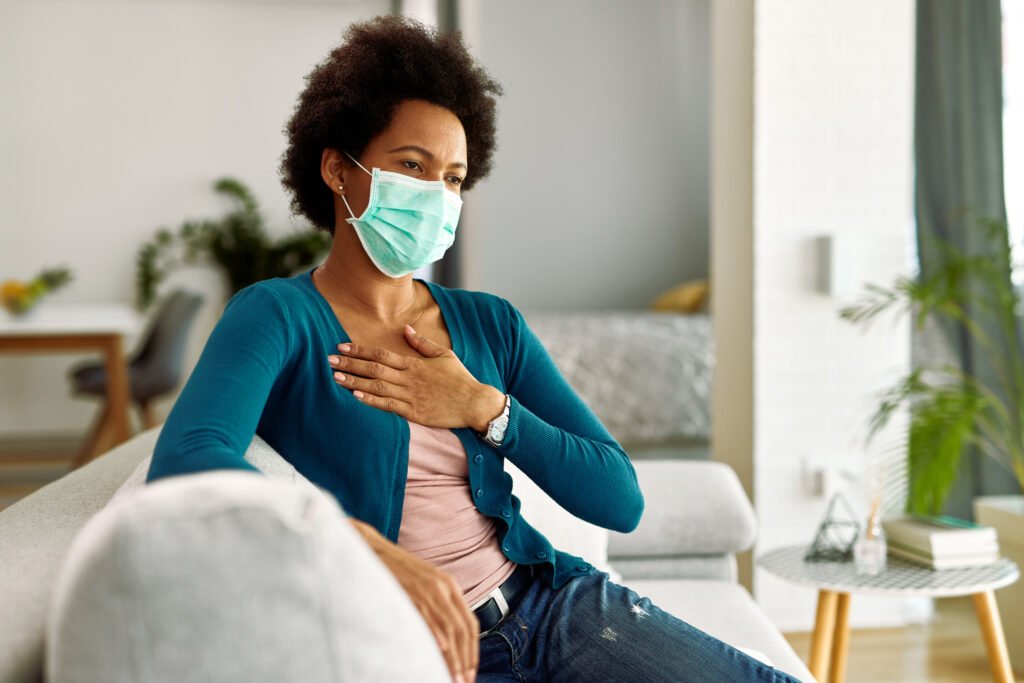
The Stigma That Lingers
One of the most damaging parts of chronic respiratory illness is the assumption that it’s self-inflicted. That it’s your fault. That if you had made different choices, you wouldn’t be here.
That’s not just untrue — it’s cruel. And it’s one reason why so many people suffer in silence. They delay diagnosis. They downplay symptoms. They don’t ask for help.
The truth is more complicated. Yes, smoking increases your risk — dramatically. But so does growing up in a polluted neighborhood. So does working in a factory. So does climate change. So does poverty. So does being ignored.
CLRD isn’t just a medical issue. It’s an environmental justice issue. A class issue. A public health failure.
What Needs to Change
We need:
- More awareness — so people recognize the symptoms earlier.
- Better air quality laws — because prevention starts long before the first wheeze.
- Access to care — including affordable inhalers, diagnostics, and rehab programs.
- Public conversation — because no one should feel ashamed of being sick.
Early detection matters. For some, that begins with understanding the truth about sleep apnea testing and how breathing issues can signal deeper health risks.
And above all, we need to listen — to the millions of people living with this every day. Not just during Lung Health Month. Every month. Every day.
Because the fight for breath is a fight for life.
Final Breath
Not all stories are loud. Some suffocate in silence. CLRD is one of those — a slow, invisible thief that steals quality of life, day by day.
At Ravoke, we’re not interested in shiny headlines or fleeting trends. We look under the floorboards. Behind the curtain. Into the lungs of a society that doesn’t want to talk about the air we’re all breathing.
This is one of those stories.
So if you’re tired. If you’re coughing more than usual. If stairs feel harder than they used to. Don’t wait. Ask questions. Get tested. Because the earlier you catch this, the better your chances of holding onto something most people take for granted:
Your breath.
Dawn of the Underground
Writer. Researcher. Digging where the light doesn’t reach, and dragging uncomfortable truths into the daylight.
